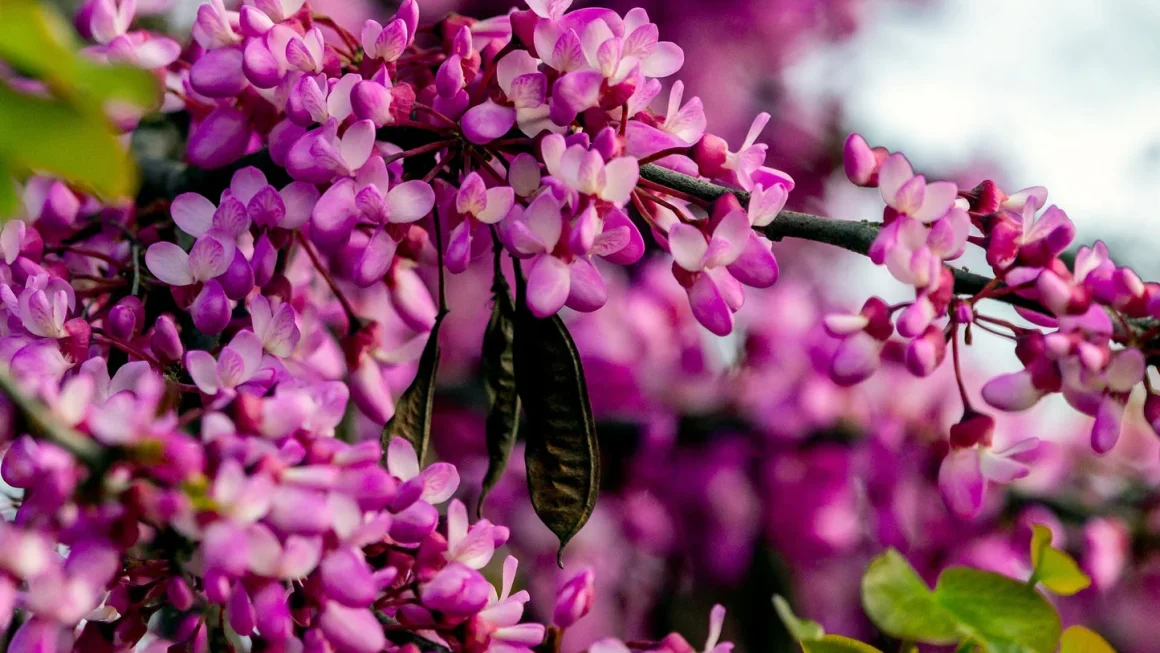Turkish culture is rich with traditions and customs stemming from its deep and storied history. Among these traditions, weddings are some of the most vibrant and joyous ceremonies in Turkish culture. While Turkish weddings can vary by region, there are some common traditions that are universally observed. Here are some of the essential Turkish wedding traditions:
1. Kız İsteme and Engagement Ceremony
The first step in a Turkish wedding is the kız isteme (asking for the bride) and the engagement ceremony. The groom’s family visits the bride’s family to formally ask for the bride’s hand in marriage. During this meeting, the groom’s family says, “We drink your coffee and ask for your daughter’s hand in marriage by God’s command and the word of the Prophet.” If the families agree, engagement rings are exchanged, marking the completion of the ceremony.
2. Nişan Ceremony
Following the kız isteme, the couple holds an engagement (nişan) ceremony. This ceremony is typically a family gathering where the couple exchanges engagement rings. The ceremony often ends with family elders offering prayers and advice to the young couple.
3. Henna Night (Kına Gecesi)
The henna night, held the night before the wedding, takes place at the bride’s home. This joyful celebration involves the bride, her friends, and female relatives. During the night, henna is applied to the bride’s hands amidst singing and dancing. The bride typically wears a red gown, and the henna ritual is performed to the tune of traditional henna songs.
4. Bridal Pickup (Gelin Alma)
On the wedding day, the groom’s family and friends arrive at the bride’s house in a convoy. Before the bride leaves her home, a prayer is recited, and a red ribbon is tied around her waist by her brother or a close relative. This ribbon symbolizes purity and a new beginning. The bride is then taken to the wedding venue.
5. Wedding Ceremony
The wedding ceremony is traditionally a large and festive event. It can be held in a banquet hall, outdoors, or in a village setting. The ceremony includes traditional dances, the exchange of wedding gifts, and the celebration of the couple’s happiness. Guests are often served traditional Turkish cuisine during the reception.
6. Groom’s Shave (Damat Tıraşı)
On the wedding day, the groom’s friends and relatives accompany him to the barber for a ceremonial shave. This ritual, done in a joyful and supportive atmosphere, symbolizes the groom’s preparation for married life.
7. Honeymoon and Aftermath
After the wedding, the couple typically goes on a honeymoon, a short vacation where they spend time together and enjoy the early days of their marriage.
Conclusion
Turkish wedding traditions are rich with rituals that have been passed down through generations, each carrying deep meanings. These traditions not only celebrate the couple’s happiness but also strengthen family bonds and preserve cultural values. Although modern weddings may see some changes, many of these traditions are still honored today.









